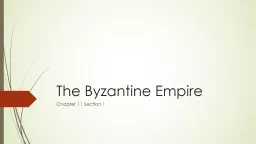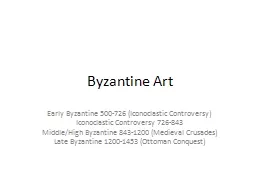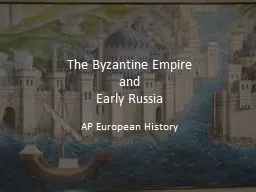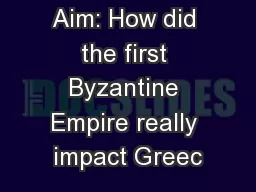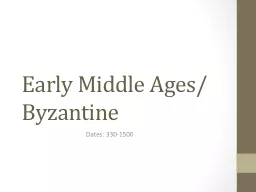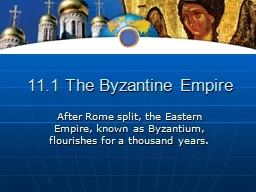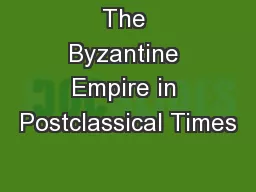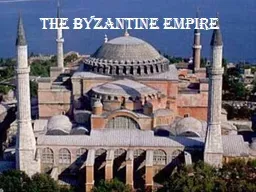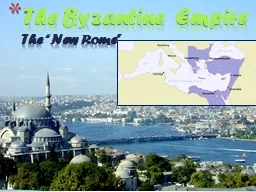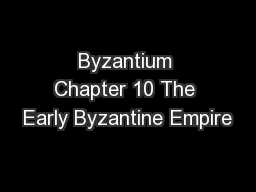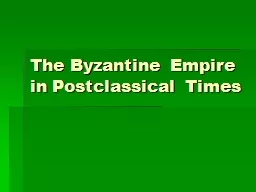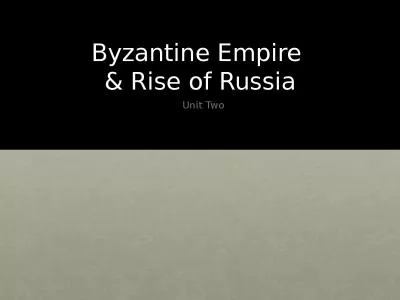PPT-The Byzantine Empire Chapter 11 Section 1
Author : disclaimercanon | Published Date : 2020-06-25
A New Rome in a New Setting Rome was divided into Eastern and Western sections Justinian took over leadership of Rome Battled against Germanic Tribes He would reconquer
Presentation Embed Code
Download Presentation
Download Presentation The PPT/PDF document "The Byzantine Empire Chapter 11 Section ..." is the property of its rightful owner. Permission is granted to download and print the materials on this website for personal, non-commercial use only, and to display it on your personal computer provided you do not modify the materials and that you retain all copyright notices contained in the materials. By downloading content from our website, you accept the terms of this agreement.
The Byzantine Empire Chapter 11 Section 1: Transcript
Download Rules Of Document
"The Byzantine Empire Chapter 11 Section 1"The content belongs to its owner. You may download and print it for personal use, without modification, and keep all copyright notices. By downloading, you agree to these terms.
Related Documents

